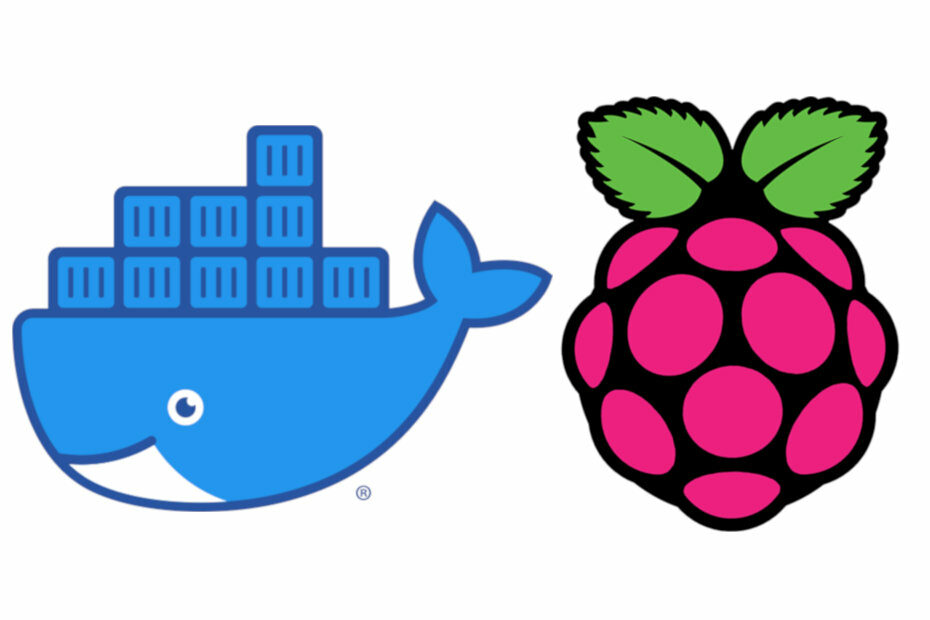

To get this I thought I needed a firewall with three network interfaces plus switches for the three networks. I wanted to expand my home network beyond Apple Airport’s three LAN ports, into three separate networks: a Internet-of-Things network, where my TellstickNet could live a demilitarized zone where I could put a web server without worrying too much and a local area network where my files would be safe. (Update: this is probably not a 100% safe setup and the PI’s 10 Mb/s network interface limitation makes this solution somewhat limited. Update: Using /dev/rdisk instead of /dev/disk may be faster on the mac ( source). Sudo dd of=/dev/diskN if=/path/to/backup.img bs=1m Just remember to unmount partions as described above on the destination card. Sudo dd if=/dev/diskN of=/path/to/backup.img bs=1mĬopying the img-file onto a new SD card is a matter of simply reversing the arguments. Adding the “bs” argument may speed up the process.
INSTALL TCPDUMP RASPIAN PRO
This command will take some time (on my 16GB RAM i7 Mac Book Pro it takes a couple of hours) and there will be no feedback during the process. “dd” will perform a block-by-block copy the contents of the SD card into a file. In order for dd to work, unmount any partitions on the SD card: On a mac, you can use the diskutil program to list the mounted disks: I tried different ways of doing the cloning and ended up using the command line tool “dd” to accomplish the task. There’s a number of backup solutions to choose among, and I decided to go with an easy one: to clone the whole system – as is – which resides on a 16GB SD card. But what if the Pi decides to eat the SD card or I get hacked or… Oh, I need a backup. So, now the “piwall” has been up and running for a while and I’ve done some changes to the config and the system since the last blog post.


 0 kommentar(er)
0 kommentar(er)
